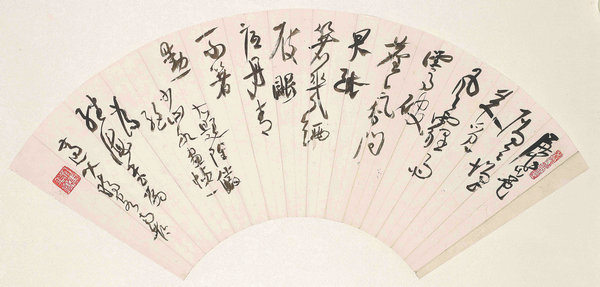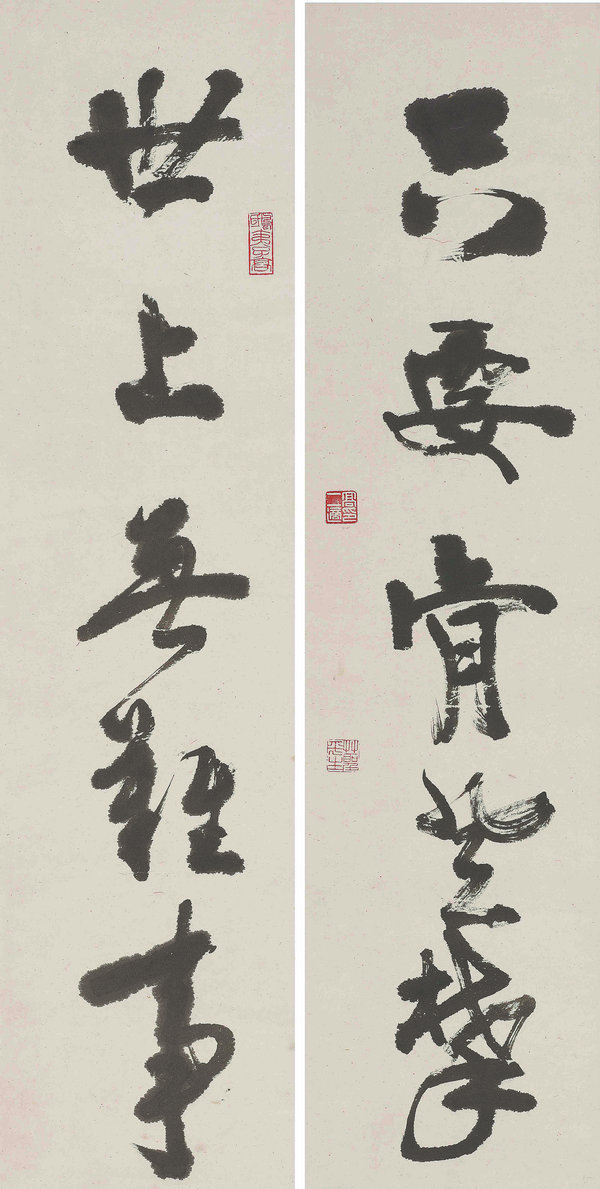

Wu Weishan, director of the National Art Museum of China, vividly remembers a trip to his ancestral home, Shiyan town in Dongtai, Jiangsu province, back in 1972. He saw Gao Ershi, a distant uncle of his father, and a calligrapher and scholar, walking alone on the street.
"He was dressed in a Zhongshan suit (Chinese tunic suit), and holding a stick while he walked," he recalls. "His scholarly charisma impressed me a lot. He looked so much like a man of wisdom and virtue from ancient times, like those portrayed in classic poems and paintings."
Wu says that, in his early teens, he often heard from his father about the amount of effort Gao had invested in calligraphy and the study of Chinese classics, and years afterward, he saw a lot of Gao's calligraphic works, which showed an integrated accumulation of literature and classic art.
"He was such an extraordinary man," Wu says.
Today, Gao is highly regarded as an outstanding scholar, poet and calligrapher of the 20th century. In his lifetime, he mostly lived in his native Jiangsu province, and his accomplishments were known largely among cultural circles. In recent years, however, his reputation has spread to the wider public, thanks to donated works and their display in art museums, inspiring research into his life and legacy.

One latest example is an exhibition of Gao's calligraphy at the Art Museum of Beijing Fine Art Academy. Running until Sunday, A Trace of Lanting brings together dozens of Gao's calligraphy works, as well as some by esteemed scholars and calligraphers in his close circle. There are also selected examples from the oeuvres of contemporary calligraphers in Jiangsu, which show Gao's long-standing influence.
The exhibition has been touring across China since it was initiated last year to mark the 120th anniversary of Gao's birth. It was first shown at Zhejiang Art Museum, in the provincial capital Hangzhou, and then Zhengzhou Museum of Art, in Henan province, which in total received some 200,000 visitors. It will travel back to Jiangsu — to Suzhou Art Museum — after the Beijing show.
Works on display are from the collections of public institutions and private collectors. It shows the enduring vigor of calligraphy as an important part of Chinese civilization, Wu says, linking the past and present. He adds that it also demonstrates the precious spiritual legacy Gao left to the world through his inheritance of various Chinese calligraphic scripts and efforts to reform the art and point out a direction for its future.